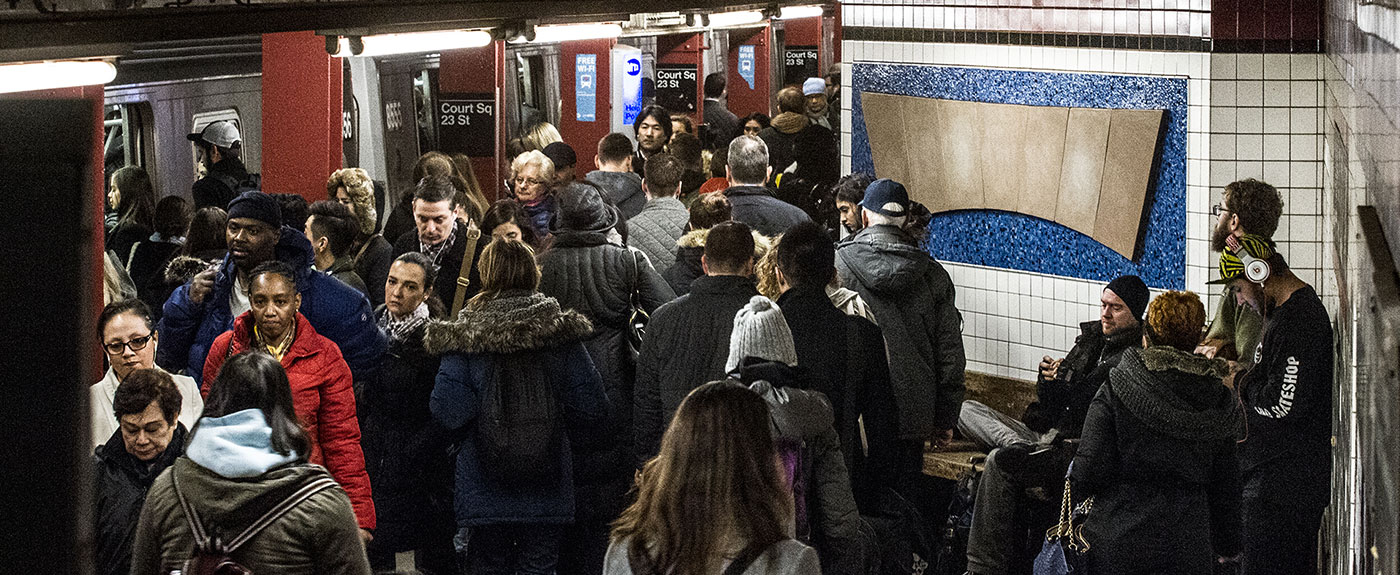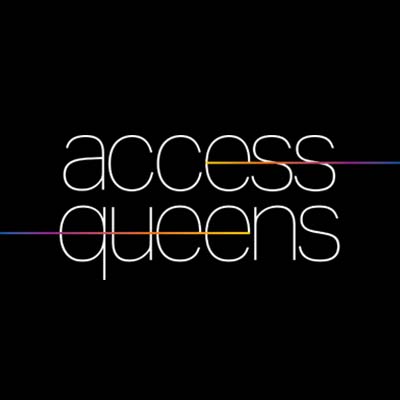Starting in 2019, the MTA plans to shut down the L train between Brooklyn and Manhattan in order to repair damaged tunnels caused by flooding during Hurricane Sandy. The L train currently handles 225,000 daily commuters who will be redirected to alternate routes. Part of the plan will be to route a significant number of L train riders to Court Square in Queens, where they will connect to E, M, and 7 trains on their way to and from Manhattan.
To achieve this, the MTA will add additional cars to each G train and increase the number of trains that run on the G line. As of this writing, there will be no corresponding increases in E or 7 train service to accommodate these new passengers.
Access Queens is deeply concerned about the impact this will have on both displaced L train commuters as well as current E, M, and 7 train commuters.
"It's time that the city starts looking at the big picture," said Access Queens Senior Director Brandon Mosley. "We're looking at adding tens of thousands of people to the 7, which can barely handle the peak ridership it has now. Between the L shutdown, residential development, and a line that is behind the curve in terms of service and reliability, discussions about improving communication and rethinking transit options aren't being put on the table."
Here are some of our biggest concerns:
- The 7 and E trains already operate at capacity. A significant increase in ridership will negatively impact service on both routes. Overcrowding on the E and 7 trains is a current problem, which frequently leads to train delays.
- The station platforms for the E, M, and 7 trains at Court Square only contain a single stairway connection to the G train, which will exacerbate the issue of overcrowding when G commuters arrive en masse during morning and evening rush hours.
- The E and M platform at Court Square is not ADA compliant. It contains no mezzanine and is only constructed with two exits at the far end of each platform. It was not designed for its present day usage, let alone a large increase in ridership.
- The 7 train platform at Court Square only has one exit, which also doubles as the transfer point to the G, E, and M, creating a dangerous bottleneck for commuters.
- The airport-style moving walkway between the G, E, and M platforms is frequently broken.
- The escalator between the G and 7 at Court Square is frequently broken.
- The only improvement currently planned for the Court Square station will be new stairs leading from the G train platform to the mezzanine. No new access points to the E, M, or 7 platforms are currently planned.
- The number of commuters originating trips at the Court Square station will dramatically increase even before the L train shutdown takes place. In 2017 and 2018, 10,518 new apartments will become available in Long Island City, with an associated population increase of an estimated 22,000 new residents. Current plans for 2019 indicate another 11,532 apartments. No new cross-river subway or bus routes are currently planned to accommodate what will be a large new demand on already overburdened Queens transit routes.
To mitigate this potentially hazardous situation, Access Queens has developed a series of "crowd calming" proposals, which could provide displaced L train commuters with additional transfer options that have not yet been proposed by the MTA or other city officials.
Earlier this month, we forwarded a presentation of these potential new options to the MTA and the DOT. It is our hope that some of these options will be seriously considered in the face of what is certain to be an extreme commuting challenge for hundreds of thousands of New Yorkers. By providing additional free transfers and bus options, the negative impact that the L train shutdown will have on neighboring transit routes can be mitigated, dangerous crowding situations avoided, and commuting times kept in check.
"The L train shutdown will not just be a problem for commuters who live along this route," said Joseph Anastasio, Access Queens researcher and strategist. "It will cause a large spillover to neighboring subway routes and stations that are ill-equipped to handle massive increases in ridership. It is imperative that we broaden the scope of planning for this shutdown and take very real, concrete steps toward addressing this situation across Brooklyn, Queens, and Manhattan."
In the upcoming weeks, we will post more about the proposal.

